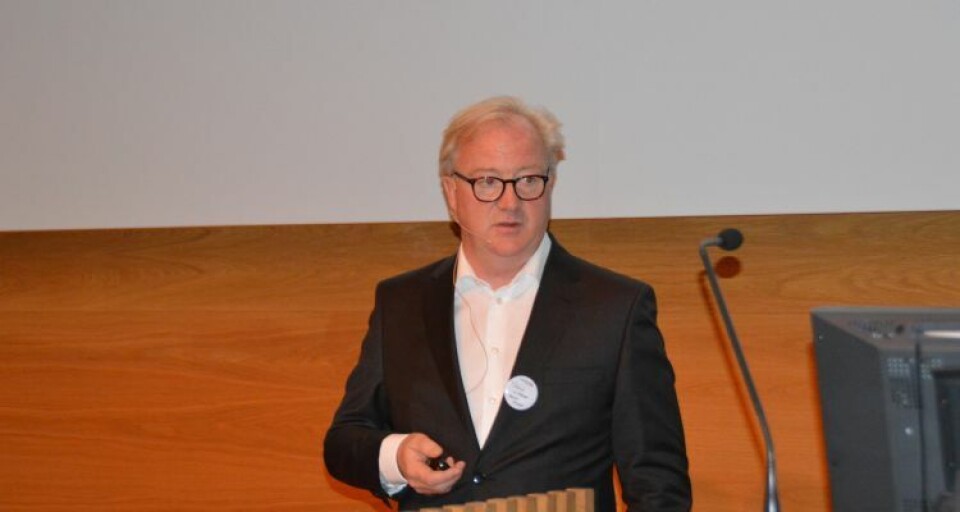
SalMar Q2 operating profit reaches £98m
Scottish Sea Farms co-owner SalMar has reported strong second-quarter results for 2017 on the back of high salmon prices and continued good operations.
But it warned that the biological situation in Central Norway's will be demanding, and investments made to deal with sea lice will generate high production costs for the coming quarters.
In a stock exchange release the group said operating profit (EBIT) was NOK 983 million (£98 million) in Q2, up from NOK 670.7 million in the preceding quarter, and up from NOK 731.8 million in the same period last year.
"Consolidated operating profit is 28.12 kroner per kilogram of harvested fish, an increase of 10 per cent from the previous quarter and an increase of 24 per cent from the second quarter last year," the group stated.

"SalMar's strong results derive from continued good operations and yet another quarter with high salmon prices. The biological situation was slightly better than in the same period last year, but managing the sea lice issue remains challenging. SalMar has implemented a number of initiatives to improve the situation, in combination with a continued increasing focus on fish welfare," said chief executive Trond Williksen.
"Measures to manage the lice situation are costly, and a high treatment frequency rate will negatively affect production costs in coming quarters."
Total operating income was NOK 2.9 billion in the quarter, up from NOK 2.3 billion in the corresponding period last year. The harvest volume is 35,000 tonnes, against 32,200 tonnes in the second quarter last year. Operating profit is NOK 983.0 million, up from NOK 731.8 million n the second quarter of 2016. Q1 2017 had an operating profit of NOK 670.7 million and a harvest volume of 26,300 tonnes.
Lice problem
SalMar said that in Central Norway, the lice problem is still challenging.
"SalMar has over time made extensive investments in non-drug treatment; both in terms of equipment and expertise. The overall cost for such treatment has increased, and will affect the cost for the segment negatively in the coming quarters. Other cost-cutting measures will to some extent contribute positively."
It said that the situation in Central Norway was also challenging for sales and processing activities.
"Fluctuations in volume from week to week affect operational efficiency. Furthermore, significant price and volume variations impair the sales organisation's ability to optimise spot sales. The period's operating loss is primarily attributable to the fact that around 40 per cent of the volume was sold under contract at prices below the average spot price for the period. The contract rate for the second half of 2017 is expected to be around 50 per cent, with a similar price level as in the first half of this year."
No need for delousing
For Northern Norway the biological situation is good, and there was no need for delousing operations in connection with spring delousing period in the quarter, according to the group.
It added: "In May, ISA (infectious salmon anaemia) was identified at one of the segment's sites in Troms. This led to slightly higher logistics and handling costs for the segment during the period. ISA was not identified at any other sites in the area."
For the full year 2017, SalMar expects to harvest around 131,000 tonnes in Norway, with 83,000 tonnes being harvested in Central Norway and 48,000 tonnes in the Northern Region. The annual harvest volumes for Norskott Havbruk (the Scottish Sea Farms holding company SalMar jointly owns with Leroy) and Icelandic operation Arnarlax are expected to be 30,000 tons and 10,000 tons respectively .























































